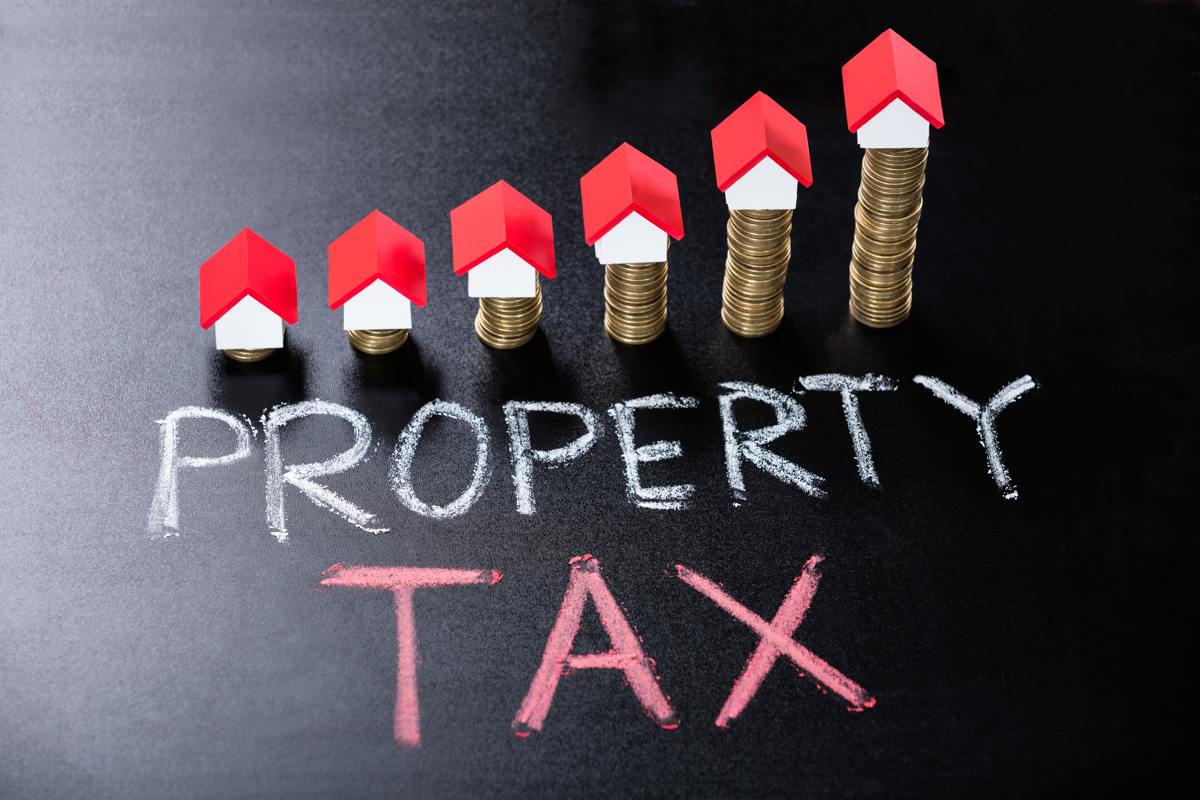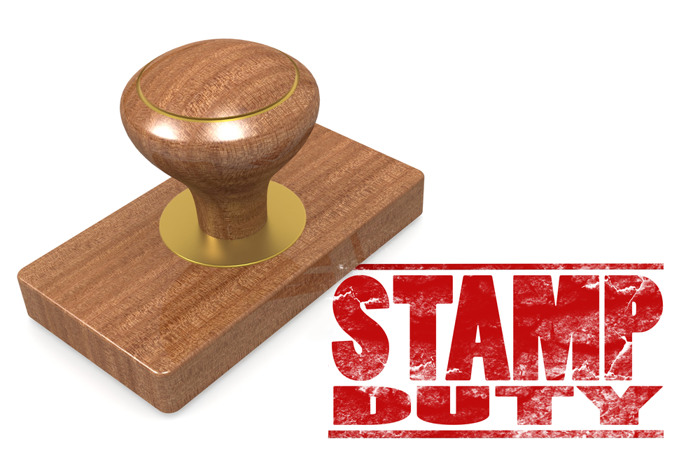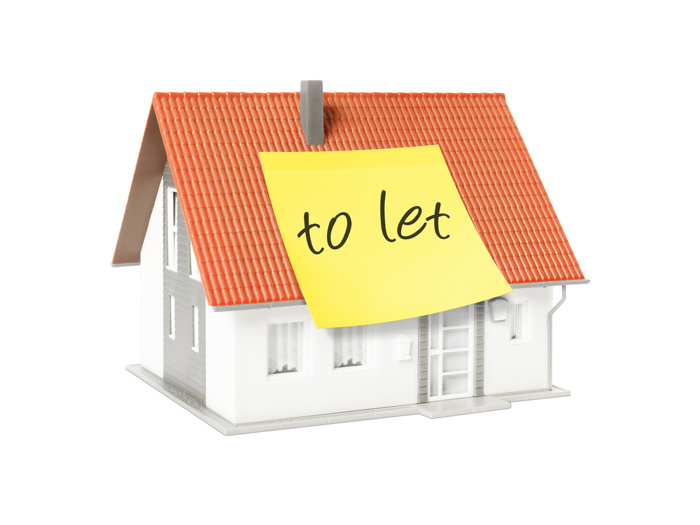
Stamp duty is even more topical in today’s housing climate, since George Osborne introduced a supposed tax raid on anyone owning. Even when looking to buy a home, it's important to know about this tax. Stamp duty is officially termed the Stamp Duty Land Tax (SDLT) and it is a progressive tax that is paid when any homeowner, current or new purchases the freehold, leasehold or shared ownership of a property in England, which is valued at more than £125,000. This tax also applies to those living in Wales and Northern Ireland, with a separate Land and Buildings Transaction Tax which exists In Scotland. The new tax changes to the SDLT came into effect in 2014’s Autumn statement. Unfortunately, the tax has not improved those who are ‘worse off’; if anything, it affects everyone even more, in a collective bubble of tax implications. Before 2014, a ‘slab structure’ was in place, where buyers would pay a rate based on the entire purchase of the property. In complete contrast to the old system, the new stamp duty tax is now payable according to a portion of the property valuation which is now categorised by a ‘band’ of value.

(Copyright: Tan Yang Song/shutterstock.com)
When calculating your new stamp duty rate, there are several online calculators to help you understand your new tax rate, from Knight Frank to Money Saving Expert to ensure you have this money readily available to pay on completion of your property. For example, should you buy a property that is valued on the market for £850,000, then you will not pay for the first £125,000. But you will pay 2%, for £125,000 to £250,000, and then 5% above £250,000. So effectively, you’ll be paying £32,500 in Stamp Duty taxes alone, which for many becomes a deterrent for moving house. Conversely, as the property price continues to increases, the rate of pay will also increase within a tax bracket, as percentages rise when a higher price threshold has been met. Those owning homes worth more than £1million will be taxed at a rate of 10%; a 5% increase since 2014.
It is important to remember that stamp duty is only payable on the land purchase. Therefore, any fixtures, fittings, freestanding wardrobes, sofas, fridges, carpet and curtains which are removable are exempt from the SDLT and will therefore be subtracted from the total property price. However, anything that ‘comes’ with the property, is subject to SDLT, thus increasing the value of the property.
Many homebuyers are also able to negotiate these terms. For example, if a seller is happy to leave certain chattels, and you come to an agreement of payment, and subtract it from the offer placed on the property, then this is also a possibility. Bear in mind, this should be conducted by a tax lawyer or conveyancer who understands the in’s and outs of stamp duty.
In April 2016, property buyers in England and Wales were now obligated to pay an extra 3% on each stamp duty band, for their prospective investment.

(Copyright: Markus Gan/shutterstock.com)
What’s more, this tax raid on landlords owning more than one home, has unfortunately caused a disastrous dip in buy-to-let lending in England and Wales. If the property buyer was purchasing the home with the intention of letting, or as his second home, an automatic 3% tax will be applied at the bare minimum.
Statistics by the Council of Mortgage Lenders suggest that investors have abandoned the buy-to-let market towards the end of 2016. Investors were borrowing £4.4million for purchases in March 2016, before the new stamp duty tax came into existence. In March of this year, only £900million was borrowed for buy-to-let purchases, a drop of 80%.
For more information regarding stamp duty, visit https://www.gov.uk/stamp-duty-land-tax/residential-property-rates
Feature image credit: Andrey_Popov/Shutterstock
